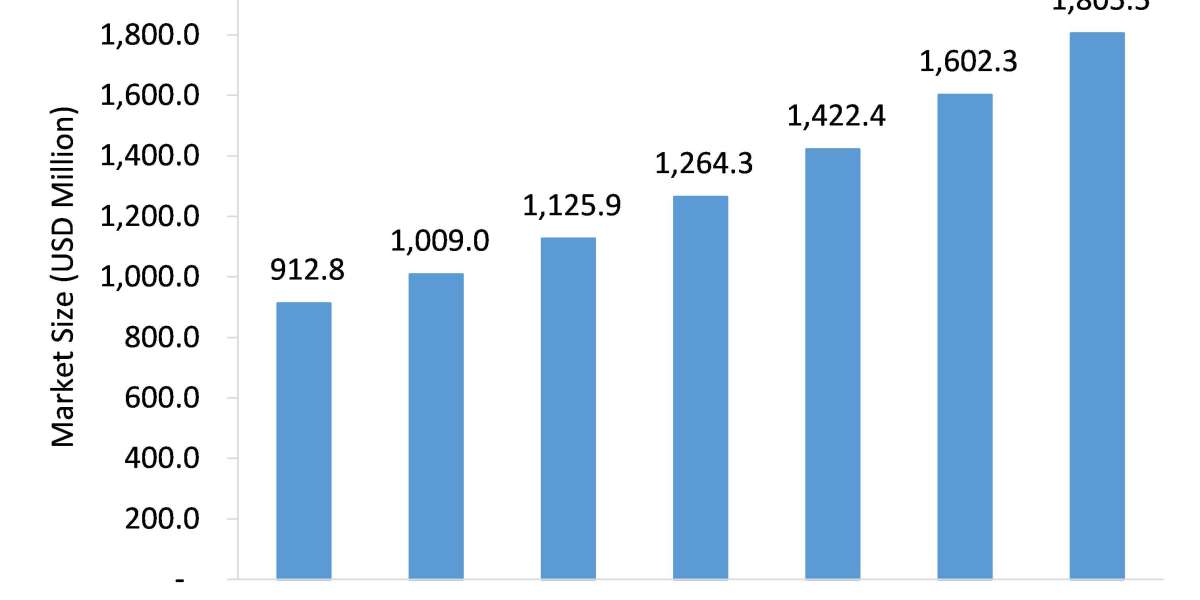Difference Between Aluminum And Stainless Steel Pipe And Tube
Metal pipe and tubing are everywhere in automotive, aerospace, industrial, architectural, research, and medical applications. The most common elements are aluminum and stainless steel pipe and tube materials, and each has attributes that make it the right choice for a given industry. Once you’ve determined whether you need piping or tubing, next you’ll want to choose the best metal for your application.
Choosing the Right Metal
When you’re choosing a tubing material, the choices might seem overwhelming; both aluminum and stainless steel pipe and tube come in a variety of alloys and tempers, each with its own physical and mechanical properties. Each metal has general properties that are true for all its alloys.
Mechanical Properties
One factor to take into consideration is the mechanical properties that are required for your application. In situations where strength is more important, you may choose stainless steel for its good strength-to-weight ratio and ability to gain significant strength from cold working. If you are focused on keeping components lightweight, aluminum may better suit your application. An aluminum part weighs one-third less than a stainless steel part of the same dimensions.
Corrosion Resistance
Another factor to consider is the corrosion resistance or heat resistance of metal tubing. In general, both stainless steel and aluminum offer corrosion protection, and the amount will vary depending upon the alloy chosen. The passivating oxide films that form on the surfaces of both metals help keep the metals from corroding.
Heat Resistance
One downside of passivation is that the oxide layer can inhibit electrical conduction. Consequently, stainless steels are not known for good electrical conductivity. Aluminum’s high conductivity, along with thermal conductivity three times greater than that of steel, has led to its use in power transmission lines. If moving electricity or heat is important in your application, aluminum may be the better option.
Regardless of whether your tube is intentionally conducting heat, you’ll want to ensure it can handle the temperature of its operating environment. Stainless steels with high concentrations of chromium and nickel retain strength at high temperatures. On the opposite end of the spectrum, aluminum’s tensile strength increases as temperature drops and stays tougher at cold temperatures than many steels.
Is Stainless Steel the Same as Aluminum?
In summary, the main factors to consider when choosing what metal and alloy are best for your application are the mechanical properties, corrosion resistance, and heat resistance. Once you’ve chosen a category of metal that best fits your application, you’re ready to choose the exact alloy and temper you need.
Stainless Steel 101
For applications that lend themselves to stainless steel, you’re sure to find a grade that works from the wide range of iron-carbon-chromium alloys covered by that term. The most common steel pipe and tube grades are T304 and T316, part of the 300 series of stainless steel alloys in which austenitic iron alloys with nickel in addition to the chromium and carbon.
T304 is considered the classic stainless steel alloy. Also known as 18/8, it contains 18% chromium and 8% nickel. T316 is another familiar alloy, especially in food service and medical applications; it contains molybdenum for additional corrosion protection.
The properties of a given alloy depend greatly on its heat-treatment and cold working history. To obtain a specific property or physical attribute for your tubing, check with a metallurgist or tubing specialist who can guide you to the right combination of alloy and processing for your application.
Tubing specialists can also advise you on tubing size and fabrication processes. Stainless steel tubing comes in fractional and metric outer diameters (ODs) ranging from 1/16 to 8 in. for tubing and to as small as 0.008 in. for hypodermic applications. Fabrication can include bending, coiling, end forming, welding, and cutting.
Once you have the right stainless steel tubing installed in your application, you might start to think about what to do with it at the end of its useful life. Although the alloying elements that go into stainless steel make it difficult to recycle, rest assured that about 50% of all new stainless steel is fabricated from melted down steel scrap.
Difference Between Seamless And Erw Stainless Steel Pipe
Seamless Steel Pipe is made from a solid round steel ‘billet’ which is heated and pushed or pulled over a form until the steel is shaped into a hollow tube. Billets are procured both from indigenous suppliers and from abroad. Major Indigenous suppliers are JSPL, JSW Kalyani and steel round billets are imported from renowned mills from Europe, Far East countries, Canada, China.
To Manufacture ERW Stainless Steel Pipes HR Coils are required. Major Indigenous suppliers of these HR Coils are SAIL, Essar, JSW, Lloyds etc.
Electric Resistance Welding (ERW) pipe is manufactured by rolling metal and then welding it longitudinally across its length. Seamless pipe is manufactured by extruding the metal to the desired length; therefore ERW pipe have a welded joint in its cross-section, while seamless pipe does not have any joint in its cross-section through-out its length.
In Seamless pipe, there are no welding or joints and is manufactured from solid round billets. The seamless pipe is finished to dimensional and wall thickness specifications in sizes from 1/8 inch to 26 inch OD. Applicable in for High-pressure applications such as Hydrocarbon Industries Refineries, Oil Gas Exploration Drilling, Oil Gas Transportation and Air and Hydraulic cylinders, Bearings, Boilers, Automobiles
etc.
ERW (Electric Resistance Welded) pipes are welded longitudinally, manufactured from Strip / Coil and can be manufactured upto 24” OD. ERW pipe cold formed from a ribbon of steel pulled through a series of rollers and formed into a tube which is fused through a electric charge. It is mainly used for low/ medium pressure applications such as transportation of water / oil. Pearlites steel is one of the leading ERW Stainless Steel Pipes Manufacturer and exporter from India. Contact us for product details.
Common sizes for ERW Steel Pipe range from 2 3/8 inch OD to 24 inch OD in a variety of lengths to over 100 feet. Surface finishes are available in bare and coated formats and processing can be handled on site to customer specifications.
Lean manufacturing in producing square, retangular tubing
Just-in-time delivery. Quick die change. Waste elimination. Non-value-added step reduction. These aren’t just buzzwords. As manufacturing becomes more competitive, any manufacturer that doesn’t take steps to improve operating efficiencies is at risk of losing market share, falling revenues, and potentially an irreversible decline. Continuous improvement is a matter of survival.
Maximizing efficiency is critical for every manufacturer, but not equally so. Manufacturers that move more material have more to gain, and those that produce tube, pipe, and profile move a lot of material. On one hand, they usually move hundreds of feet of material per minute. On the other hand, a mill stopped for tool change moves no material and therefore makes no money. Reducing the time needed for tooling changeover makes the mill more efficient and can help in solidifying customer relationships by maintaining aggressive just-in-time delivery goals.
At the same time, tube, pipe, and profile manufacturers try to minimize inventory levels for any of several reasons—space restrictions, capital restrictions, and to guard against raw material price volatility. This leads to smaller and smaller batch sizes, meaning more frequent tooling changes.
For tube, pipe, and profile production, reducing the downtime between production runs is one of the most effective ways to reach lean manufacturing objectives. Flexible Cold Forming® (FCF) is a cage forming process that provides an alternative to the conventional forming process. It reduces mill downtime and can help a tube producer remain viable.
How It Works
Like conventional forming, cage forming pulls a continuous strip of material through tooling rolls to change its shape. The main difference concerns how the tooling works. The conventional process uses one set of roll tools for each diameter produced on the mill. Cage forming uses one set of tooling for every diameter produced on the mill. In other words, it uses a universal tool set. This means that when the operator switches from one diameter to another, he doesn’t have to go through a lengthy tool-change process. In a few minutes one operator can adjust the tooling to new positions for the next production run.
Unlike the conventional process, which uses tooling mounted to paired roll stands, cage forming uses forming blocks. The tooling is mounted to these blocks and the tooling position is adjusted by drive motors. Switching from one product size to another is a software function; the operator doesn’t change the tooling, but rather calls up new tooling locations by calling up the settings at the mill’s control panel. The software and the drive motors take care of the rest.
The tooling itself isn’t driven. In cage forming, the forming blocks have pinch roller stands that propel the strip forward. Like the forming blocks, the pinch rollers use a single set of rollers for the entire product range. The first and third forming blocks have such a pinch roller stand in front of them. The pinch rolls as well as the lower rolls are driven at precise speeds by AC servomotors and a distribution gearbox.








